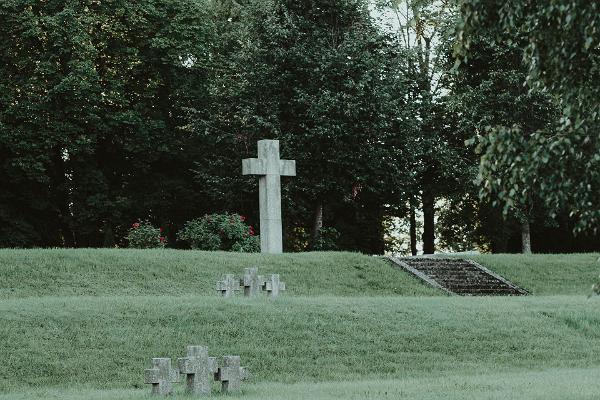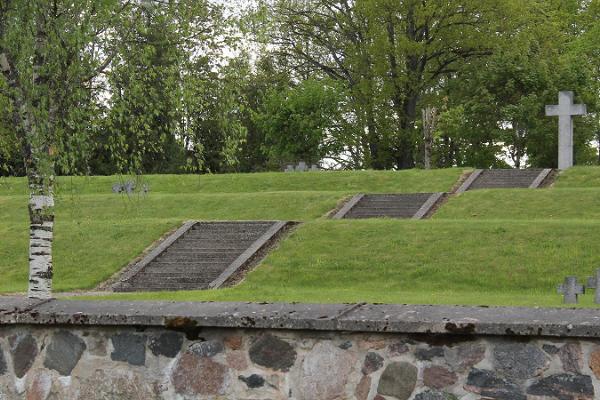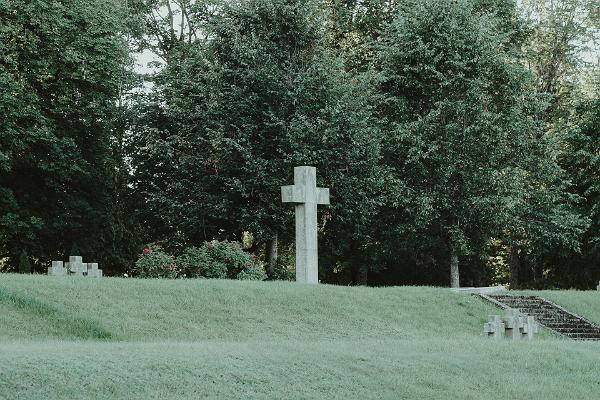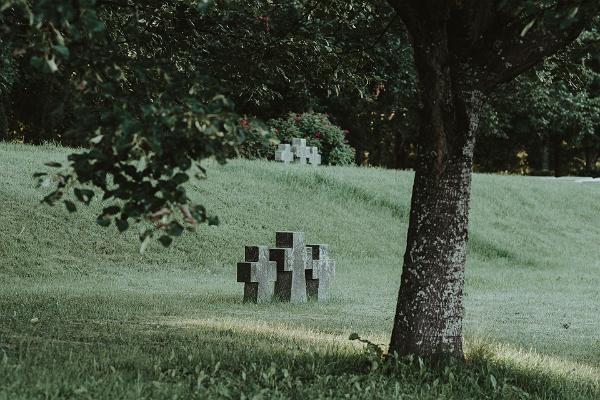-
- Why Estonia
- What to see & do What to see & do
- Where to go Where to go
- Where to stay Where to stay
- Travel here & around Travel here & around
- Why Estonia
- See tours around Estonia
- #EstonianWay
Reinu tee, Viljandi



 See photos (4)
See photos (4) The cemetery was established during the Second World War. First German soldiers killed in battles were buried there already in the summer of 1941. In the autumn of 1944 the Soviet occupation army destroyed all gravestones. In 1991-1993 the German War Graves Commission restored the cemetery. It is now a resting place for about 700 soldiers who perished in battles and died in hospitals. A couple of dozens of them are Estonians.